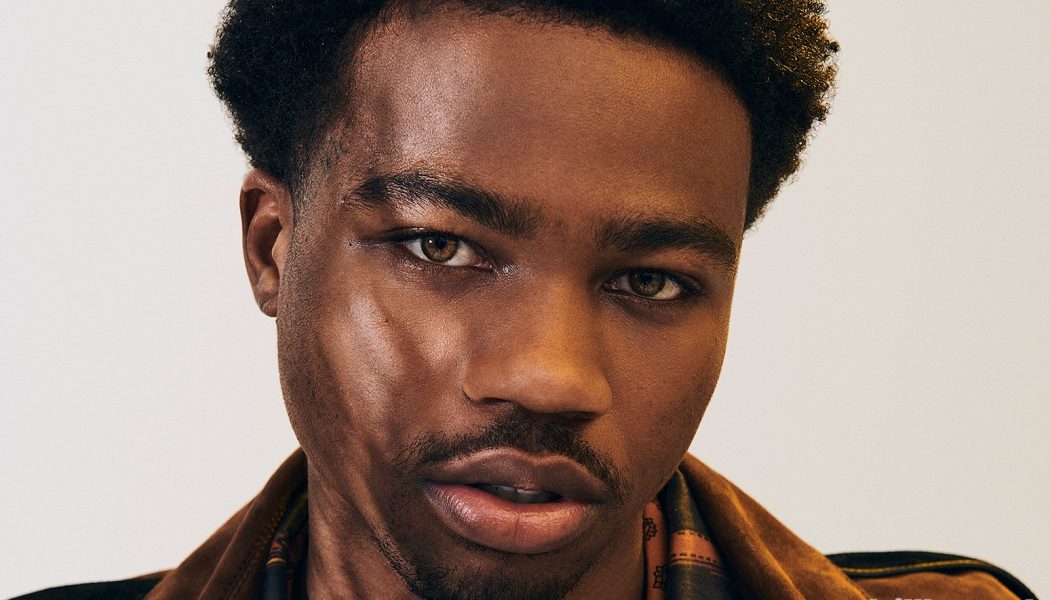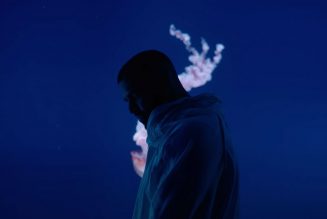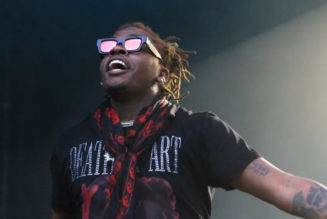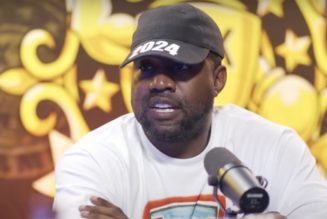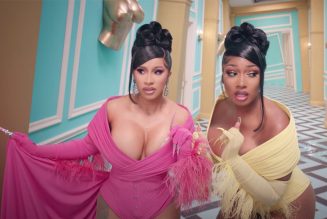Roddy Ricch’s “The Box” (via Atlantic) was the top streaming song in 2020 with 1.3 billion on-demand streams, beating out Future’s “Life Is Good” featuring Drake (via Epic), which had 1 billion on-demand streams. Lil Baby’s My Turn (via Quality Control) was the No. 1 album for the year, generating 2.6 million consumption units, with Taylor Swift’s folklore (via Republic) coming in second at 2.2 million album consumption units — of which 1.3 million were from sales (including 796,000 from downloads), making it the year’s best-selling album. In fact, Swift placed four albums in the year’s top 200 albums, as her Lover album ranked No. 33 with 878,000 album consumption units; evermore was No. 70 with 569,000 units and 1989 was No. 116 with 428,000 units.
For the 21st year in a row, Universal Music Group led all labels in market share with 38.5% in 2020, up 40 basis points from 2019’s 38.1%. Along the way, recording acts on UMG’s labels topped the Billboard 200 for 36 weeks — or 69.2% — in the year.
Streaming now comprises 84.3% of overall album consumption units, up 3% from 81.8% in 2019. Meanwhile, all sales shrank from 18.2% in 2019 to 15.8% in 2020. Physical sales accounted for 8.5% of total music consumption.
Album consumption units comprise album sales counts, track-equivalent albums whereby 10 track sales equal one album, and streaming-equivalent albums whereby 1,250 paid streams or 3,750 ad-supported streams equal one equivalent album.
Catalog outpacing current:
Catalog audio consumption album units — music available for 18 months or older — continued its upward market share creep in 2020, now comprising 63.8% of the U.S. market. Overall, it grew 12.8% to 483.2 million units from 2019’s 428.3 million units. Current audio consumption units — music available for less than 18 months and older albums that are still in the top half of the Billboard 200 and/or getting airplay at hit radio — now stand at 36.2% market share, growing overall 9.3% to 265.61 million units from 249.8 million units.
Last year, catalog was 63.5% of the market share and current was 36.5%. Back in 2015, catalog consumption units claimed 57.2% market share and current 42.8%.
By genre, hip-hop rules while rock and pop lag:
Of the three largest genres, once again R&B/Hip-Hop produced the greatest growth, up 13.8% to 211.04 million in audio album consumption units for 2020, from 185.5 million units in 2019. Its market share grew to 28.2% from 27.7% in 2019.
Rock was the second most popular genre, growing 4.3% to 150.95 audio album consumption units from 144.7 million units. And pop came in at third, up 6.1% to 97.6 million audio album consumption units from 91.3 million in 2019. But since neither genre kept pace with the industry’s 11.6% overall audio consumption growth, their U.S. market share percentages fell — rock finished 2020 with a 20.2% share in audio consumption units (down from 21.6% in 2019), while pop’s share fell to 13.04% in 2020 (from 13.73% in 2019).
Market share measurements for 2020 come with a caveat: Due to a recalibration in the way Billboard counts video streams for the charts, video streaming measurement is significantly smaller than last year. Consequently, Billboard didn’t include overall album consumption units in this analysis story since there is no apple-to-apple comparison available when looking at 2020 versus 2019. However, an earlier story published on the year’s end numbers looks at genres by all album consumption units, including audio and video streaming equivalent albums. See those market share genre numbers here.
Pandemic shakes CDs, but vinyl remains steady:
Physical music sales’ market share continues to shrink, its decline slowed in 2020, even though thousands of retail stores were shuttered early on in the pandemic; and then when re-opened, many had to limit the number of shoppers inside. Amazon also slowed and delayed delivery for product lines like CDs and vinyl so it could focus its vast fulfillment capabilities at what it termed essential items during the start of the pandemic shutdown. Yet in 2020, physical albums only dropped 7.4% to 68 million copies from 73.45 million in 2019 (compared to a 15.5% decline between 2019 and 2018). During the second half of 2020, physical music sales actually grew 4.4% to 41.1 million copies compared to the same period the year before.
Vinyl sales continue to defy expectations, growing 46.2% in 2020 to 27.54 million copies from 18.84 million in the prior year. Harry Styles‘ Fine Line was the best selling vinyl title in 2020, moving nearly 232,000 copies. For the second year in a row, Billie Eilish’s When we Fall Asleep Where Do We Go? was the second best selling vinyl album, moving nearly 196,000 copies in 2020 (up from the 176,000 it sold in 2019).
The CD format, meanwhile, was probably hurt the most by the economic downturn, scanning just 40.1 million copies in 2020 — a 26% decline, from the 54.2 million copies sold in 2019. Before the pandemic struck, the CD format had seen a dramatically slower decline: as of March 12, 2020, the format was only down 8.2% compared to the prior year.
Downloads of digital albums — which received a boost during the second quarter when brick and mortar stores where closed — totaled 32.4 million copies. That represents a slowing decline from the 39.3 million copies downloaded in 2019, down just 12.5%. Digital tracks sales fell more drastically, dropping 22.3% to 233.74 million downloads from 2019’s total of 301.1 million downloads. BTS‘ “Dynamite” was the top digital song with 1.26 million copies downloaded in 2020. That’s more than twice as many as the No. 2 digital song, The Weeknd’s “Lights,” at 580,000 downloads.
